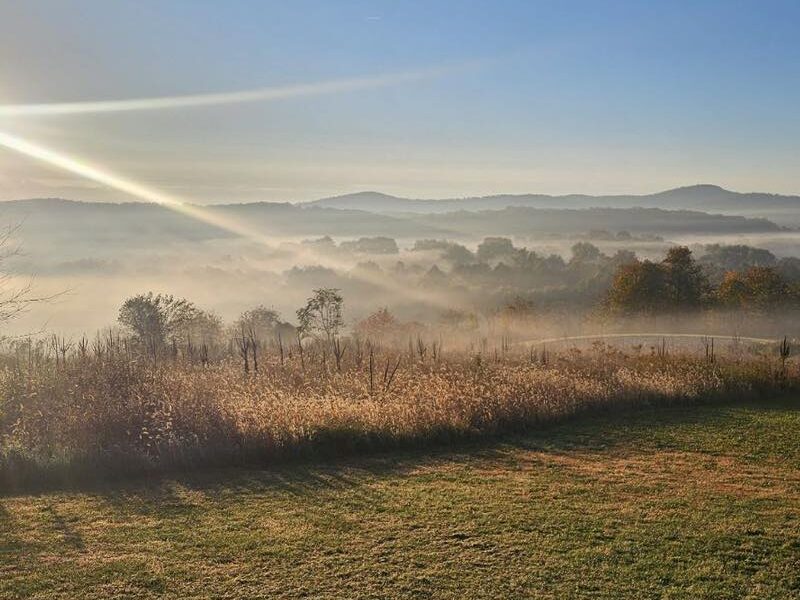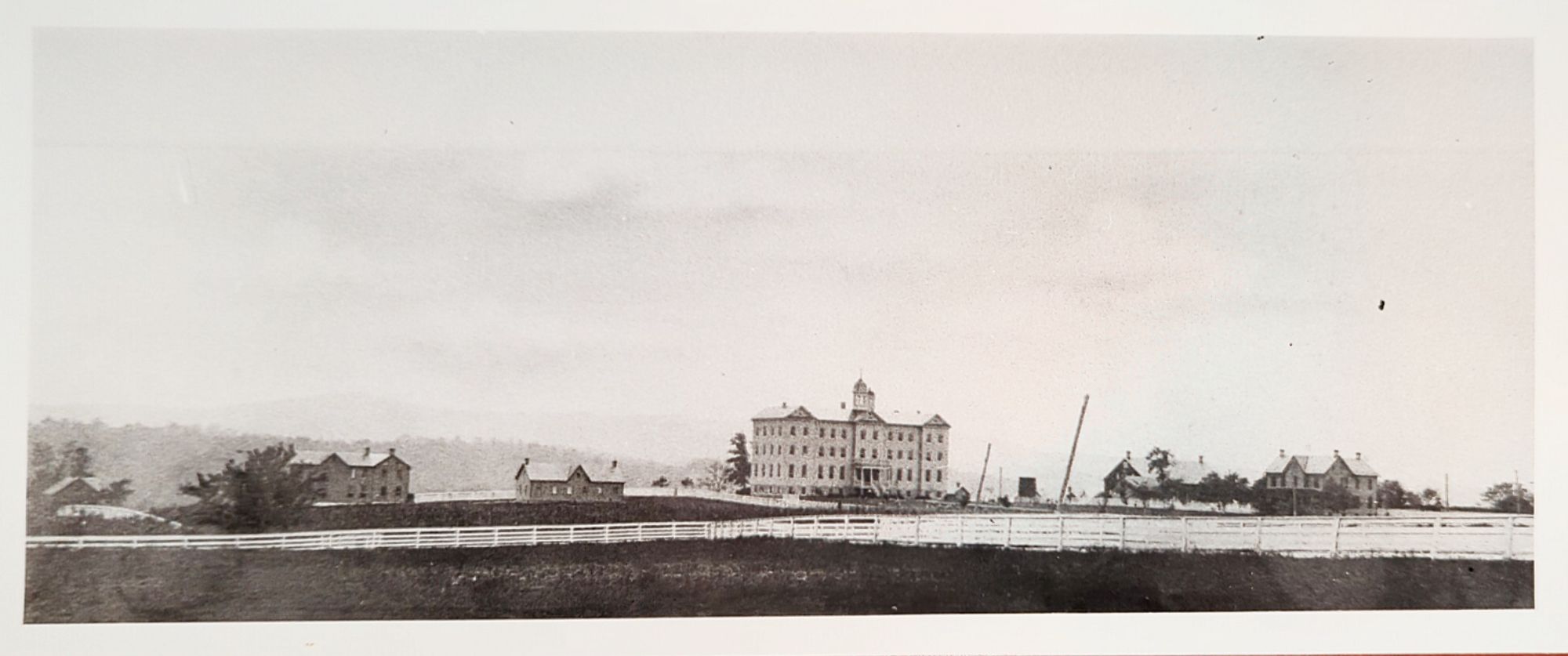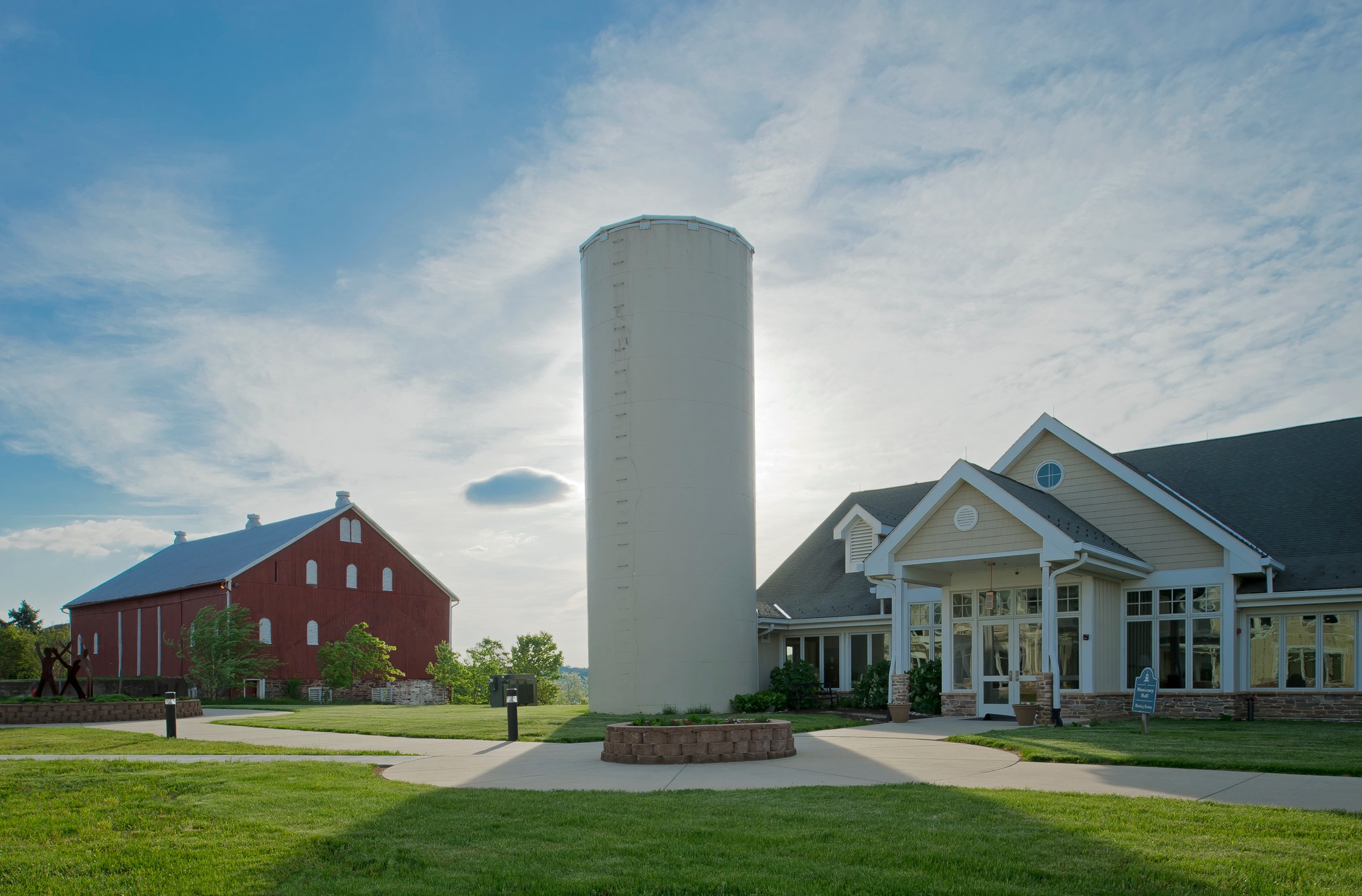HISTORY
First Peoples
Also known as Conoy, the Piscataway were one of the more prevalent tribes in the Chesapeake region at the time of European contact. Piscataway bands encountered by European settlers included the Chaptico, the Moyaone, the Nanjemoy, and the Potapoco. Today, the Piscataway still reside in Anne Arundel, Calvert, Charles, Prince George’s, St. Mary’s and Wicomico counties.
The Archeology Society of Maryland conducted field sessions at Claggett in 2007 and 2008. Those excavations unearthed thousands of artifacts left by native American people that inhabited the Monocacy River banks between 1300 and 1500 AD. This would likely have included the Sussquehannock people, who shared a namesake with the river that dominates their landscape and provided life to the people.
The Susquehannocks settled in Maryland and spoke an Iroquoian dialect but were not part of the main confederacy, which later moved to New York state. After the Europeans arrived, most Indigenous people were scattered. Some melded into other Native groups and their culture and identity as a specific people disappeared over time. Some were able to hold onto their language and custom, whereas others lost everything. Sadly, because of colonial occupation, Susquehannock history and culture was eventually wiped out, and no living members of the confederacy remain.
If you want to learn more about the Native history of the land where you live, visit native-land.ca.
European Colonization
The earliest recorded history dates to 1730 when the land was patented as Buckingham House and granted to Edward Spriggs, a colonel in the British Army and a well known pre-Revolutionary War land speculator. Later names on the deed include families of German and English descent such as Tanneyhill, Cunningham, Schnertzell, Hasselback, and Baker.
The history of the land in which Claggett is located covers different eras, but there is a common theme. The first peoples who roamed this land–the Susquehannock, Nantacok, Piscataway–they knew it as a place of refreshment. Then settled by the Europeans, it became a farm and plantation. While the land was rich in soil it was impoverished by enforced human labor. -The Right Reverend Eugene Taylor Sutton, Bishop of Maryland, 2021.
John Hasselbach purchased this 300-acre farm with its stately mansion in 1811. At his death in 1840, the plantation was supported by the labor of 34 enslaved house servants and farm laborers. Few details of their lives remain. Some, like Jim and Charles Rix, resisted bondage and ran away. For others, the sparse evidence of their lives are sometimes reduced to just a first name. Buried in a tiny cemetery cradled in the valley at the Claggett Center are the remains of members of the Hasselbach family along with at least two people of African descent who were enslaved. To learn more about the gravesite, visit On the Trail of Souls.
The Episcopal Diocese of Maryland is aware of how much it has benefited materially and financially from slavery, and we repent of our complicity in the sins of slavery and racism. Archival knowledge of some of the enslaved people who lived and worked on this plantation puts a human face on a practice that robbed both slaves and masters of dignity and humanity. -The Right Reverend Eugene Taylor Sutton, Bishop of Maryland, 2013
Civil War Era
Its location near the Potomac River and in the shadow of Sugarloaf Mountain placed Claggett land in the heart of Civil War activity. The Battle of the Monocacy, just five miles up the river from Claggett, was fought to keep the Confederate troops from overrunning the almost totally undefended Washington, D.C. General Lew Wallace (who went on to write the immortal novel “Ben Hur”) and a small band of Union soldiers held the much larger Confederate army at bay for more than a day while Washington defenses were reinforced.
Buckingham Industrial School for Boys
Daniel, Joseph, and William Baker, founded the Buckingham Industrial School for Boys in 1898. The Baker family endowed the school as an institution where poor white boys might have a home and received a good education. The enrollment averaged 50 Buckingham Boys between the ages of 6 and 18. In addition to their industrial education the boys took care of gardening, milking, canning, and tending the orchards. They attended the Buckeystown United Methodist Church. The school closed in 1943 because of growing state and federal regulations; however the few remaining Buckingham Boys gathered at Claggett each August as recently as 2017.
Founding of the Claggett Center
In 1950 the school was given to the Episcopal Diocese of Maryland along with a cash stipend to be used for renovations and conversion of the school to a retreat facility. On May 17, 1952 the center was officially dedicated and named the Claggett Diocesan Center after Thomas John Claggett, the first Bishop of the Diocese of Maryland and the first Episcopal bishop ordained on American soil. The Diocesan usage of the land emphasizes reconciliation. When Bishop Powell founded the Center in 1952, he ensured that Claggett would be a place where no child was turned away, no matter the color of their skin.
Today
Today the Center continues in the spirit of reconciliation and bringing people together. Many of our programs and policies promote racial justice, equity, and inclusion. Claggett offers outreach camping programs for children impacted by the opioid addiction of a parent, as well as Special Challenge Camp, a program for adults with developmental disabilities. The Center also hosts a multitude of secular and religious non-profit groups, including educational institutions and social justice organizations.
To learn more about the Diocese of Maryland’s Social Justice and Reconciliation Ministries, visit Episcopal Maryland’s website..
Reparation in the Diocese of Maryland
On September 12, 2020, the 236th Convention of the Episcopal Diocese of Maryland passed Resolution 2020-06, committing to creating a $1,000,000 seed fund for reparations. Our diocese is taking next steps to infuse money into programs that are building up Black communities and helping to repair the breach caused by systemic racism in Maryland and in the United States.







